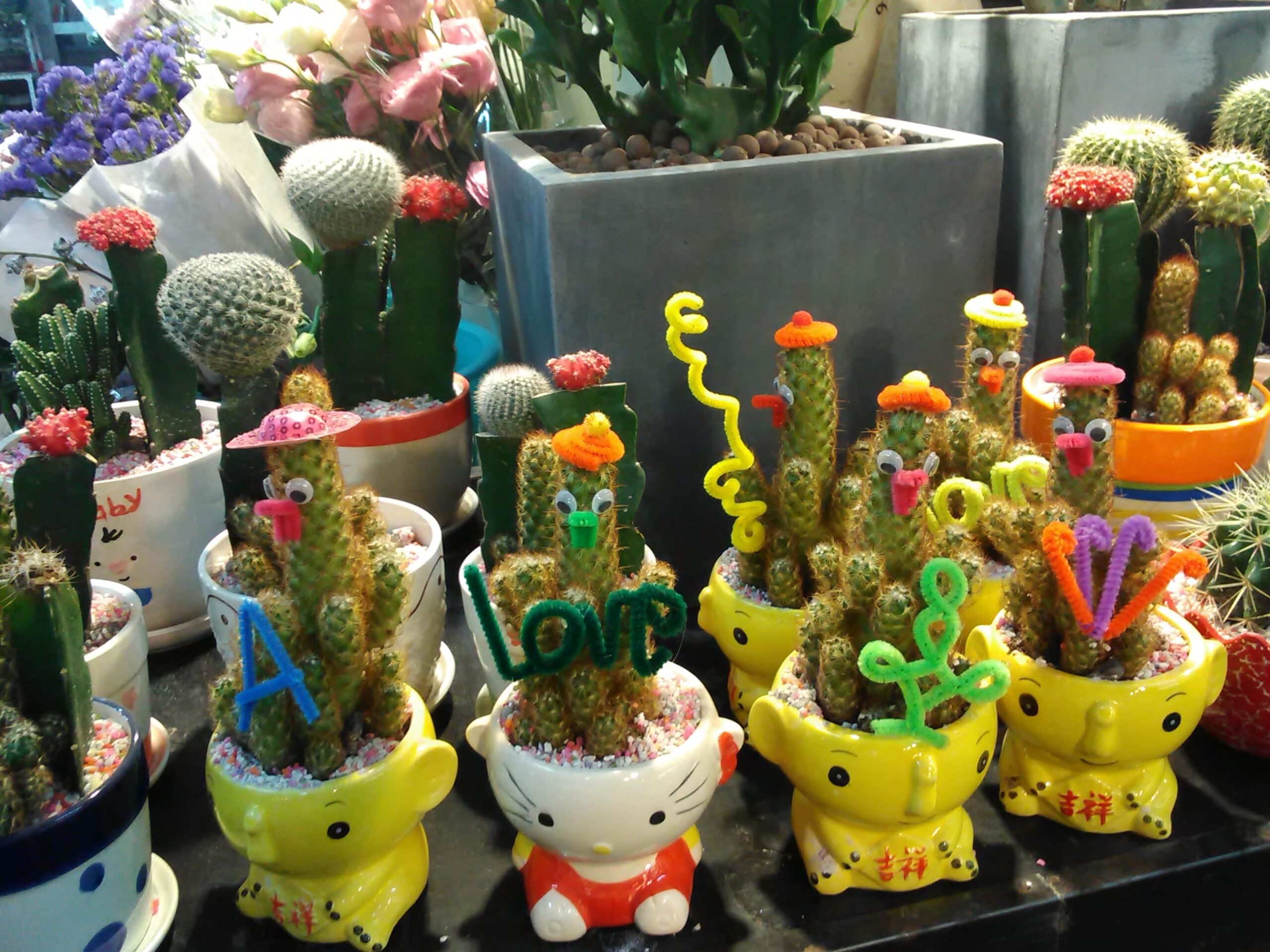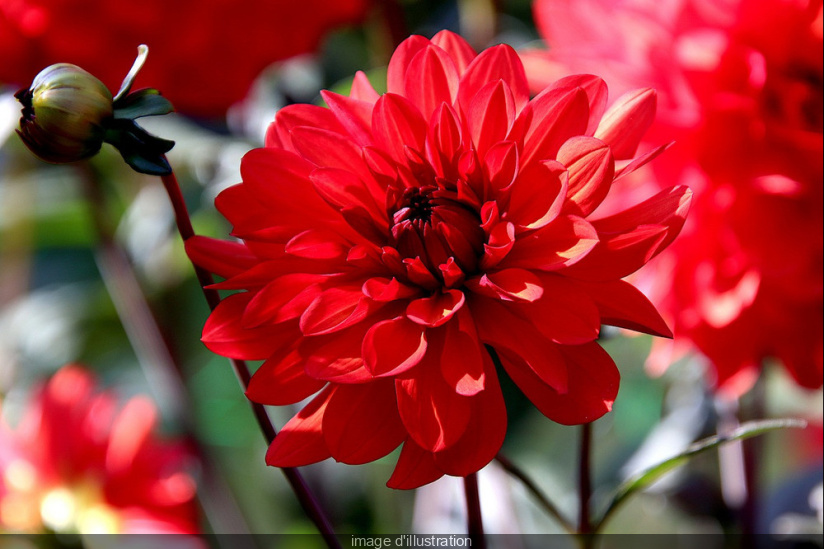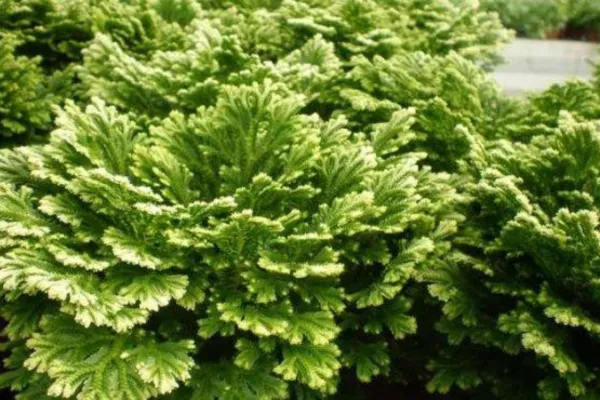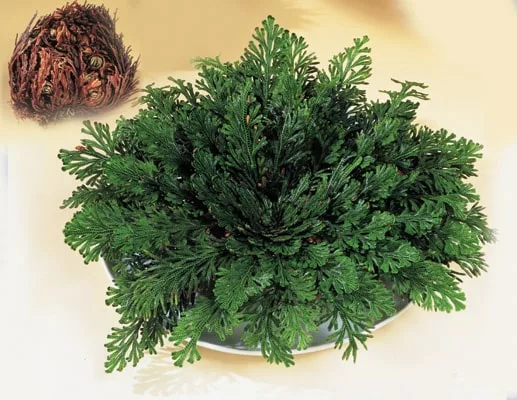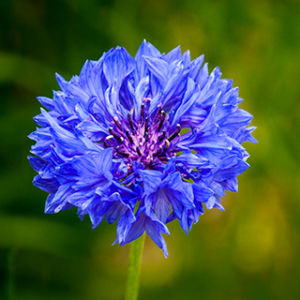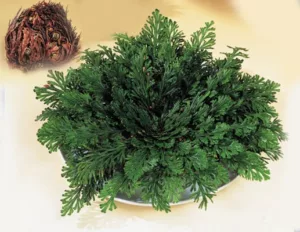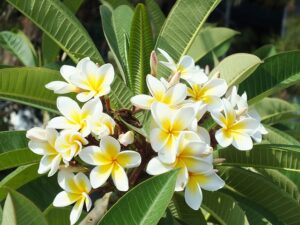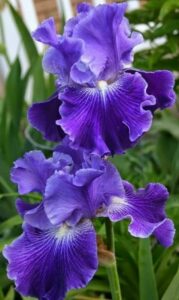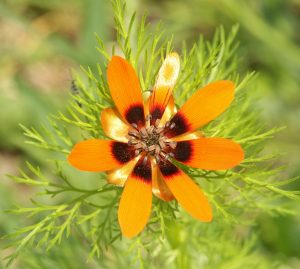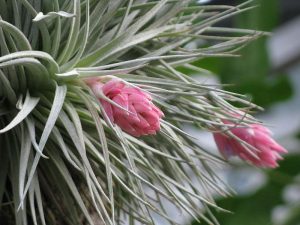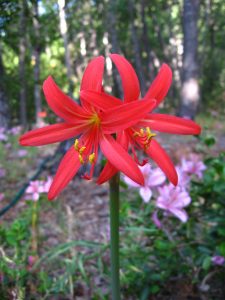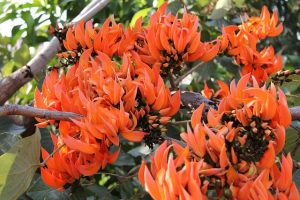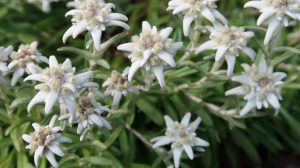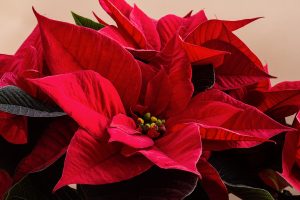The cactus and succulents: origin, characteristics and care. The main types of cactus.
Hello friends, lovers of plants and flowers. Today we will talk about some very special plants, easy to grow and with very different characteristics from the rest, I am talking about succulents and cactus.
Succulents and cactus
Succulents are a large group of plants from different families, which have the facility to retain water in the tissues or in the form of sap, latex or mucilage. These characteristics make it possible for them to live and reproduce in situations of extreme drought.
The cactus are native to the Americas, from Patagonia to the desert regions of North America. This family, Cactaceae, has 300 genera and more than 2,500 different species. If you add the best-known varieties and hybrids, you can easily reach more than 10,000 different shapes. They are plants that are resistant to drought and to the poverty of the soil and the thinning sun, but which are not very resistant to excessive humidity, both in the air and on the ground.
Origin
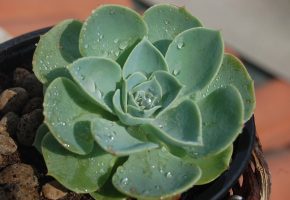
It is believed that cacti and succulents appeared on Earth about 80 million years ago. The word cactus comes from the Greek Κάκτος káktos, used for the first time by the philosopher Theophrastus to name a species of thorny thistle that grew on the island of Sicily, possibly the thistle Cynara cardunculus.
Then this word passed to Latin as cactus through Pliny the Elder, who in his Naturalis Historia took up what Theophrastus wrote about this plant growing in Sicily. Cactus derived the Latin word carduus, which eventually gave rise to the Spanish thistle.
Characteristics of the cactus
The aureole, is where spines, flowers and sometimes stems arise. The spines are sharp and their size, shape and thickness are variable depending on the species. Its flowers are solitary and generally hermaphroditic. The fruits of the cactus are small, between 1 and 5 cm in length. When they mature they remain closed until they decompose. The seeds are tiny, and they are almost always black and hard.
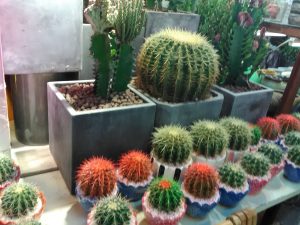
The stem is succulent, that is, it is where the water is stored. They can be in different ways:
Cladodio: the stem is flattened, in the shape of a racket. Example: Opuntia sp.
Columnar: the stems have a cylindrical shape and grow very erect. Examples: Pachycereus pringlei or Carnegiea gigantea.
Globose: the stem adopts a spherical shape. Examples: Ferocactus sp or Echinocactus grusonii.
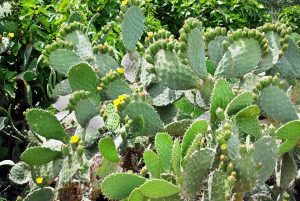
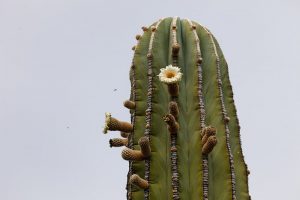
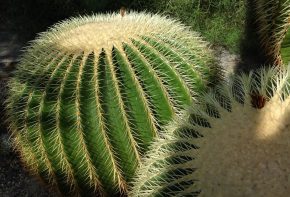
When do the cactus bloom?
The flowering of the cactus is very variable, as well as the duration of it. It depends on the species. Some flower during the night in the dark, others during the day with sufficient illumination. Its frequency also oscillates, some take 1 year, others up to 15, in different seasons of the year. The flower can last from 1 day to a week.
Conditions to facilitate flowering of the cactus
Although the conditions vary according to the type of cactus you have, we must take into account that the sun exposure is adequate. In addition, the soil or type of soil where it is planted is the correct one, normally they require a permeable soil, rich in sand and gravel. It must have nutrients. We must protect them from the cold and water them occasionally.
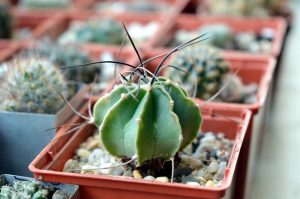
Where to place the cactus
Nowadays there is a lot of talk about Feng Shui (it is an ancient Chinese philosophical system of Taoist origin based on the conscious and harmonious occupation of space, in order to achieve a positive influence on the people who occupy it). According to this system you should not locate the cactus in your room, bathroom, kitchen or dining room, as it can have a negative effect.
The ideal place is the one farthest from your room and at the same time facing the main entrance door. Another variant is to put it on the outside of your house so that with its thorns you “protect” from all the bad things that may affect you, or in your place of work, since they are synonymous with success and growth. It is also believed that by placing them near a computer, they reduce the effect of electromagnetic fields.
Plagues and diseases
Cacti and succulents are plants that are very resistant to pests, however sometimes they can be affected by aphids, snails, slugs and nematodes. You can find how to combat these pests in the following articles.
Types of pests: Cochineals, aphids, whitefly, trips and red spider
Types of pests: nematodes, scorpion onions, moles, rats and rabbits
Types of pests: snails, ants, grasshoppers, cetonia and insect bugs
Fertilizers
Due to the characteristics of the land where the cactus should be planted, usually composed of sand, it becomes impoverished very quickly, making it vitally important to fertilize the land at least every 2 weeks. In the flowering stage of your cactus, it is recommended to use a rich potassium fertilizer to favor the appearance of buttons. The fertilizer once a week will make your green color become more alive.
Types of cactus
Aloe barbadensis
Aloe barbadensis and aloe arborensis, these species are better known as Aloe vera. Its use is quite broad because of its innumerable medicinal properties. It is also known as aloe in some countries.
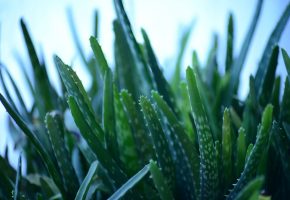
Aeonium
The Aeonium is a botanical genus of the Crassulaceae family, with 40 different species. They live mainly in the Canary Islands, Madeira, Morocco and Ethiopia. Its fleshy leaves, make the whole plant look like a flower.
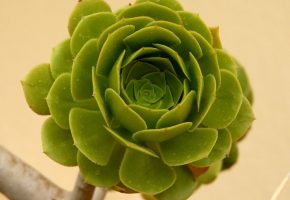
Ariocarpus
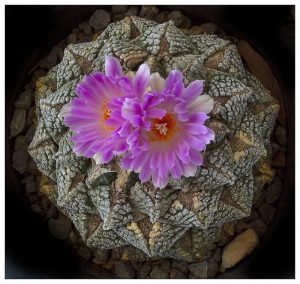
They are very small cactus, with a very short stem and a series of tubers that are placed around the plant as if it were a rosette. This plant can be found especially in Mexico, although its easy cultivation has spread throughout the world. Its flowers are usually pink, although sometimes it may change color depending on the subspecies.
Astrophytum
Within this genus there are species such as A. ornatum or A. capricorne. They are cacti with a very high ornamental value, because they have some amazing flowers. The smallest of all is A. asterias, which can not only be in a pot, but is the best because of its size. It is a cactus that measures about 4cm in diameter, a feature that makes it an ideal plant to make cactus compositions.
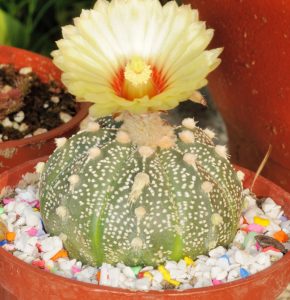
Browningia candelaris

This cactus is known more by the candelabra cactus and receives this name because of its structure, since it has a very long stem, which can reach a height of 6 meters, which in the end branching out with an aspect that reminds us of this object. It will usually appear in desert areas and with a huge dryness in the environment.
Cactus Saint Peter
Saint Peter or Wachuma is the Echinopsis pachanoi and Trichocereus, a cactus native to the Andes, this cactus is still used today ritually by the natives of Peru, Bolivia, Ecuador, Colombia, Venezuela and Brazil, to achieve a closer relationship with the gods. The Wachuma, Quechua means “drunk and conscious” or “he who sleeps standing” and St. Peter refers to “he who opens the door of heaven.” It is a recognized medicinal plant, sacred, ritual and toxic, therefore, It is advisable to know it well before putting it in your mouth.
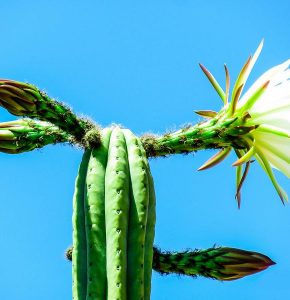
Coryphanta
The Coryphanta are beautiful. All of them can be in pots, but we recommend C. bummama, C. compact, or C. palmeri because of the color of their spines, yellowish-white, and for their beautiful yellow flowers.
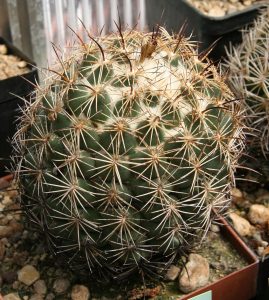
Disocactus Speciosus
It is a cactus with a very thin elongated stem and many thorns. In the flowering season it has a red flower, although it is also possible to find it in white. It can reach a meter in length and is very resistant.
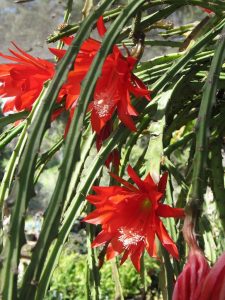
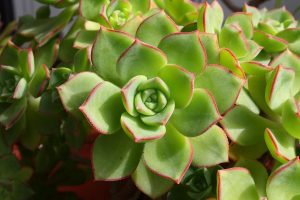
Echeveria
Echeveria is a botanical genus of the Crassulaceae family whose decorative floral shape makes it perfect for pots or gardens.
Echinocactus grusonii
This cactus ball is also known as Golden Bolar, Golden Barrel Cactus or Mother-in-the-Seat. It can reach up to 1 meter in diameter, keeping a perfect ball. This cactus has a very colorful, very round, as if it were a basketball. One of the curiosities of this cactus is its nickname, since it is known as the seat of a mother-in-law.
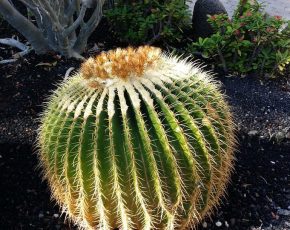
Echinocereus
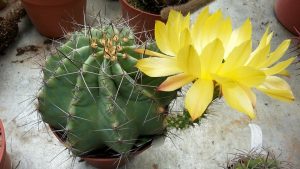
The Echinocereus are short columnar cacti suitable for balconies, where they will provide a fresh color. The most interesting species are E. pectinatus and E. stramineus. In addition, they resist very well light frosts of up to 2 degrees below zero.
Echinopsis
The Echinopsis are cacti originating in South America, specifically from Argentina, Chile, Bolivia, Peru, Brazil, Ecuador, Paraguay and Uruguay. The genus comprises a total of 150 species, most of which does not exceed two meters in height. The flowers of these plants are one of the largest of the cactusera family, reaching 5cm in diameter, and one of the most striking, being white, pink or yellow. If you want a small cactus with striking flowers, look for an E. oxygon, E. eyriesii or E. aurea.
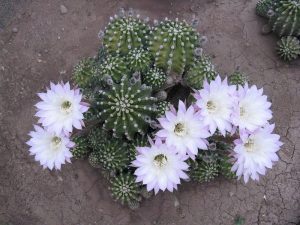
Ferocactus
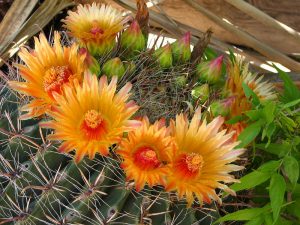
Originating in the deserts of California and Baja California, Arizona, southern Nevada and Mexico, are some of the most cultivated cacti plants for their undisputed ornamental value. The Ferocactus are succulents that usually have small flowers, which seem to stay a little hidden behind the thorns. Some species, such as F. wislizeni whose orange flowers are very beautiful.
Gymnocalycium
The Gymnocalycium are cacti that grow naturally in Argentina, part of Uruguay, Paraguay, southwest Bolivia and part of Brazil. The genus comprises 70 species which are characterized by having a more or less globose and compact shape, up to 15-20cm in height. They flower easily, and when they do we can see white, lilac, pink or red flowers.
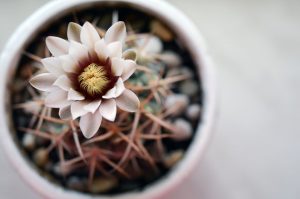
Gymnocalycium baldianum
This type of cactus is very common, because it is small and it takes many years to grow. Its flowering is in summer once it is an adult plant, with some beautiful flowers.
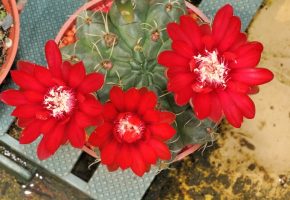
Lobivia
The Lobivia are easy to grow and have some spectacular flowers. Some of its most striking species are the L. calorubra, L. aurea v. fallax or L. winteriana.
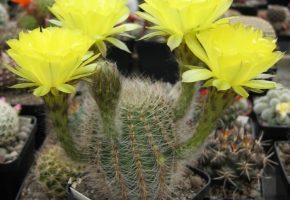
Mammillaria
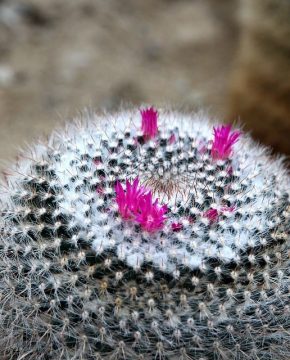
The Mammillaria are the largest cactus genus of the cactus family: it contains more than 350 species and varieties which grow to a height between 15 and 60cm, with small but very elegant flowers, white, pink or red They are native to the southern United States, the Antilles, Mexico and the coasts of Venezuela. There are some that have brown spines, others white, longer, shorter … Practically all species can be kept in a pot. They resist reasonably well morning frosts, but they have to have the substrate dry so they do not rot.
Parodia
The Parodia (formerly known as Notocactus) are plants that can grow to reach 30cm in height. Originating in Colombia, Argentina, Bolivia, Brazil, Paraguay and Uruguay, the genus comprises 50 species, all characterized by producing a large number of yellow, white or pink flowers.
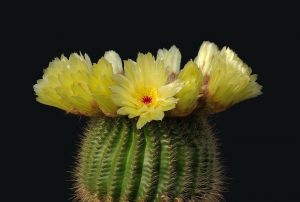
Rebutia
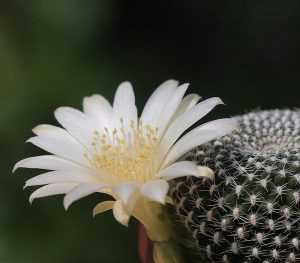
The Rebutia are small cactus ideal for growing in a pot. Originally from Bolivia, Peru and Argentina, around 28 species of the genus grow to reach a height that rarely exceeds 30cm. The flowers are a real marvel, to the point that they can cover the whole cactus, and they are of very different colors: red, yellow, orange, pink. R. arenacea, R. krainziana or R. marsoneri are just some of the most striking species.
Saguaro
It is a huge cactus that can measure up to a height of 15 meters. Generally it has only 7 branches that leave from the central stem, when they leave more, the stem will have to be thicker to support all the weight.
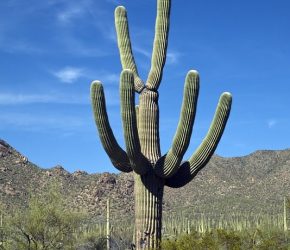
Sempervivum
This is a botanical genus of the Crassulaceae family, and as its name indicates, they are very resistant plants, staying alive even in very adverse situations, keeping their leaves bright and beautiful colors.
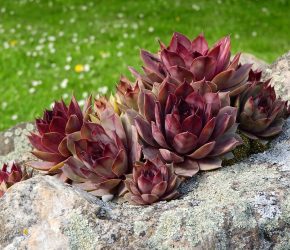
Tephrocactus
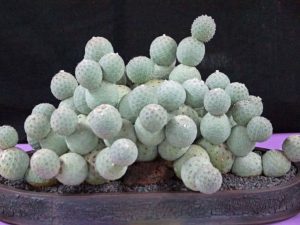
The Tephrocactus are succulents that, more than for their flowers, call attention for their stems and forms. However, the T. geometricus species, native to Argentina, has large flowers, up to 4cm in diameter, very nice white-pink. With a maximum height of 20 centimeters, it is ideal to grow in a pot throughout its life.
Thelocactus bicolor
This cactus is very easy to grow and is also resistant to adverse weather. It does not exceed 20 centimeters high. When all the necessary care is taken, it is able to bloom with a huge pink flower.
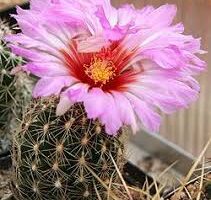
As you can see, there are many cactus types that exist, have you chosen any? Which one is your favorite?
Remember to like in the article and Share if you liked it. Leave us your comments here!

The images were taken from:
Photo by AnEyeForTexas on Foter.com / CC BY-NC
Photo by Resenter89 on Foter.com / CC BY
Photo by 澎湖小雲雀 on Foter.com / CC BY-NC-SA
Photo by Alastair Rae on Foter.com / CC BY-SA
Photo by Daralee’s Web World photos on Foter.com / CC BY-NC
Photo by USA-NPN Phenophases on Foter.com / CC BY-NC-SA
Photo by pacheco.campos on Foter.com / CC BY-SA
Photo by Dornenwolf on Foter.com / CC BY
Share this content:
